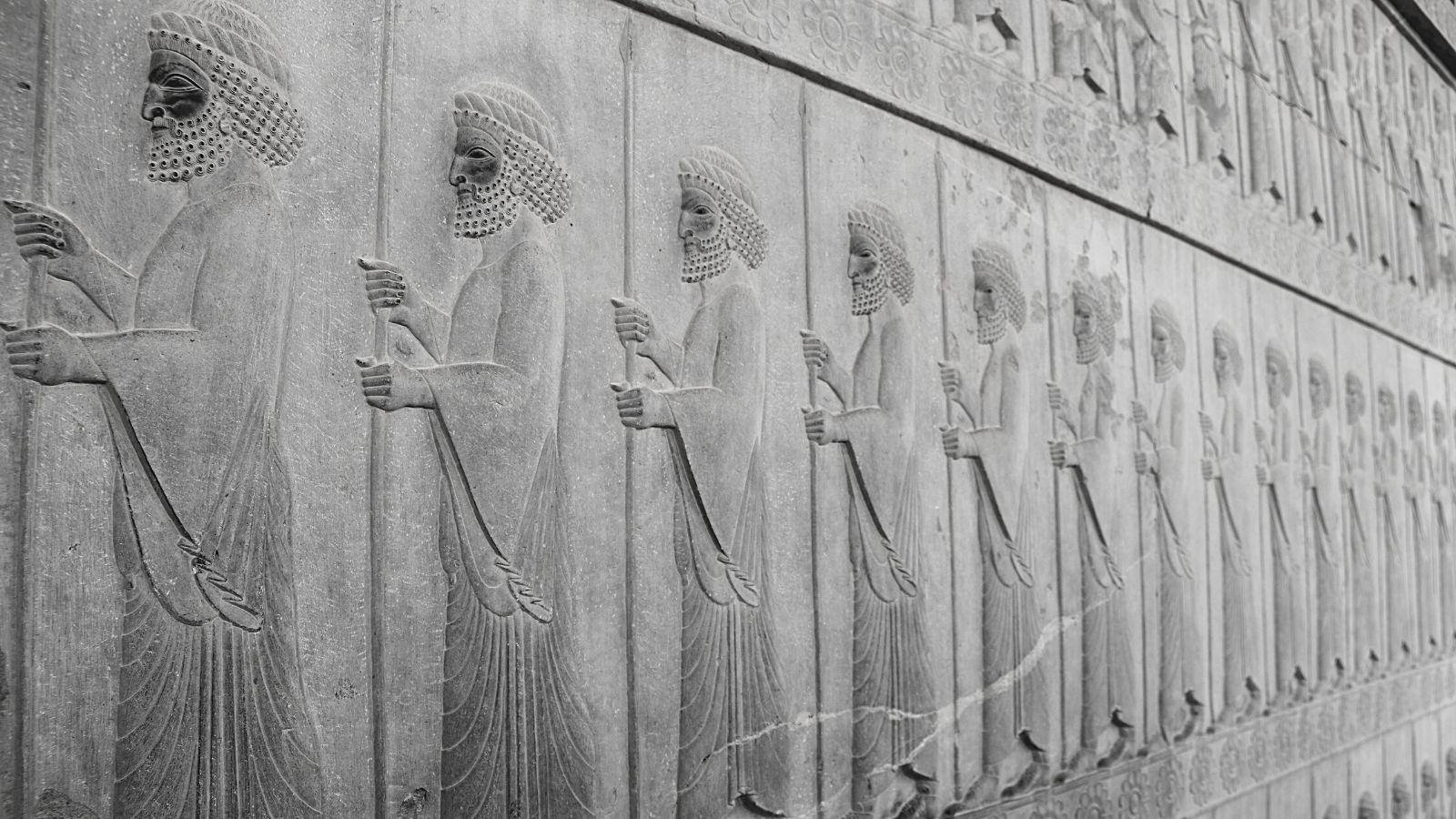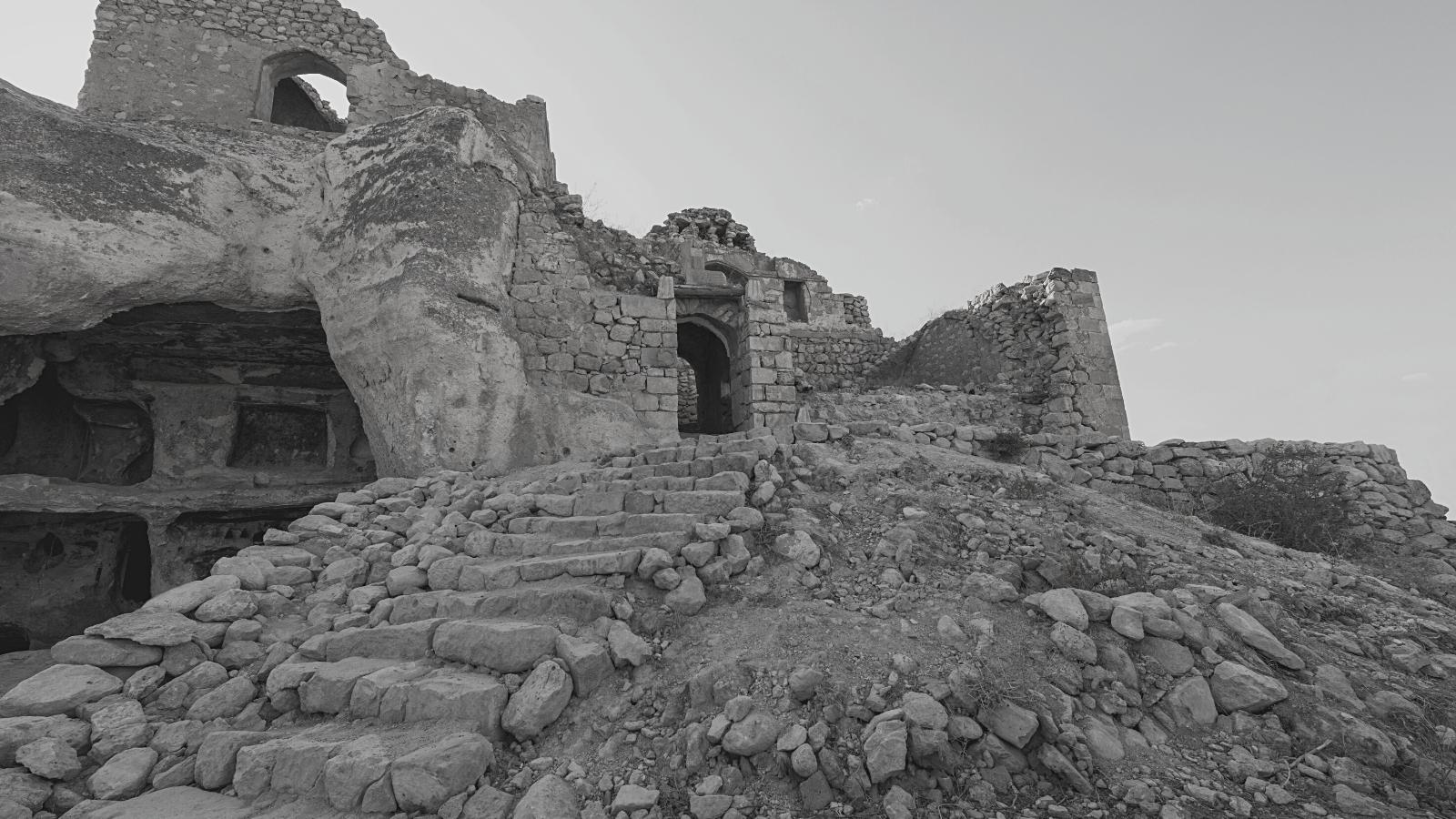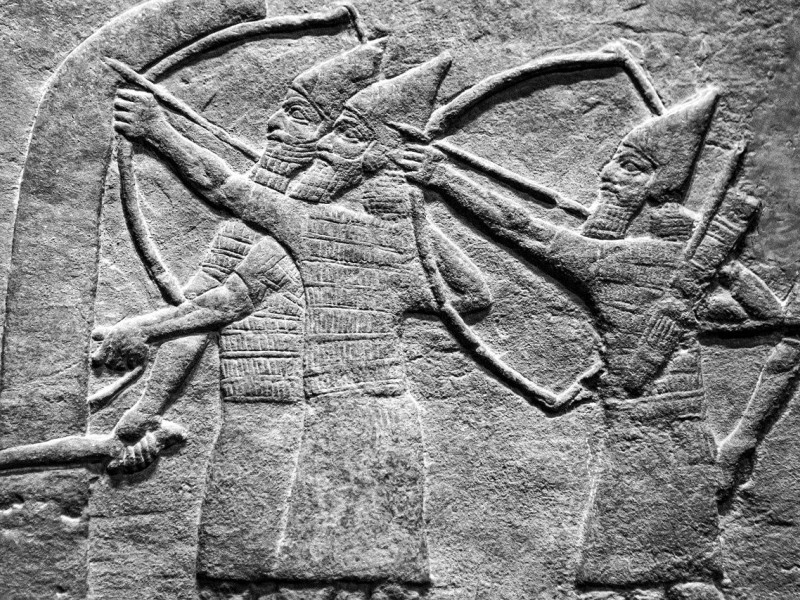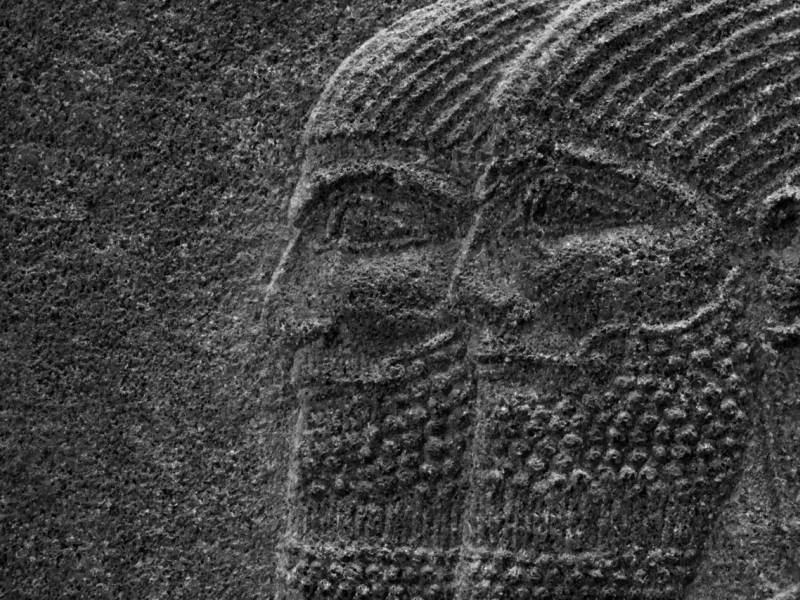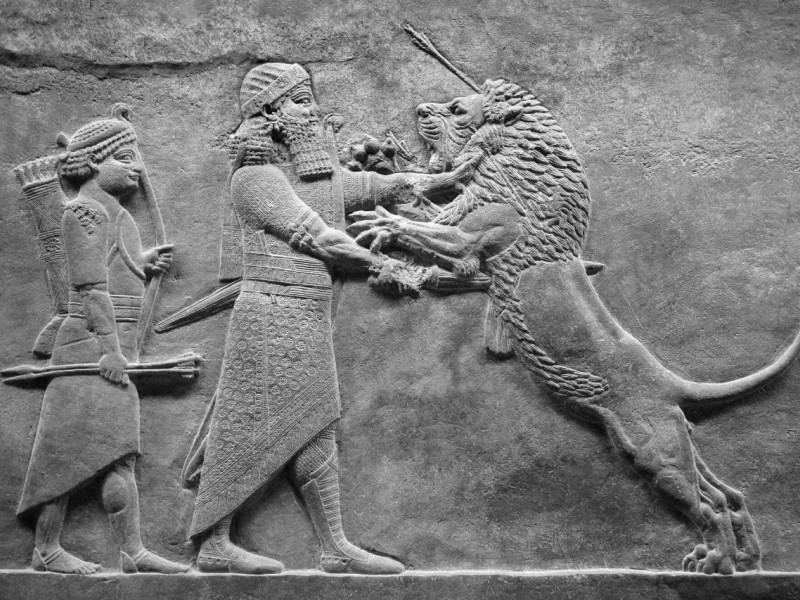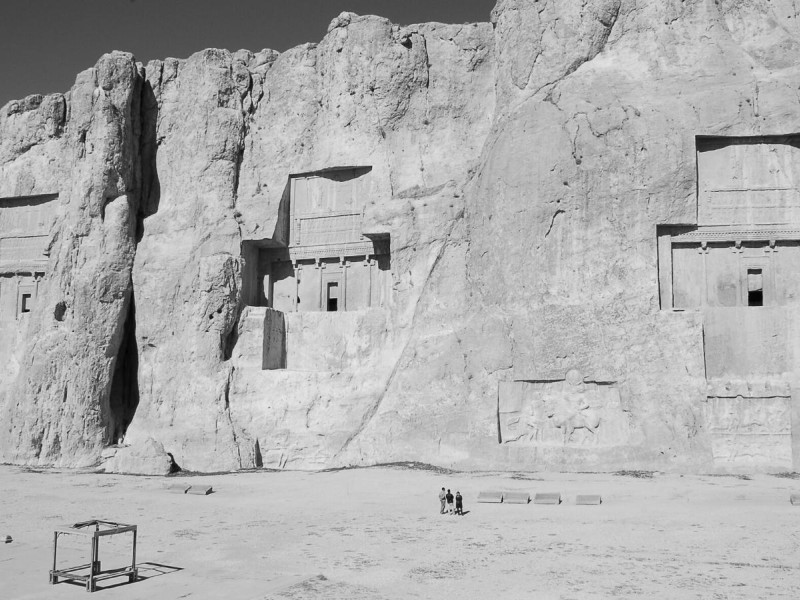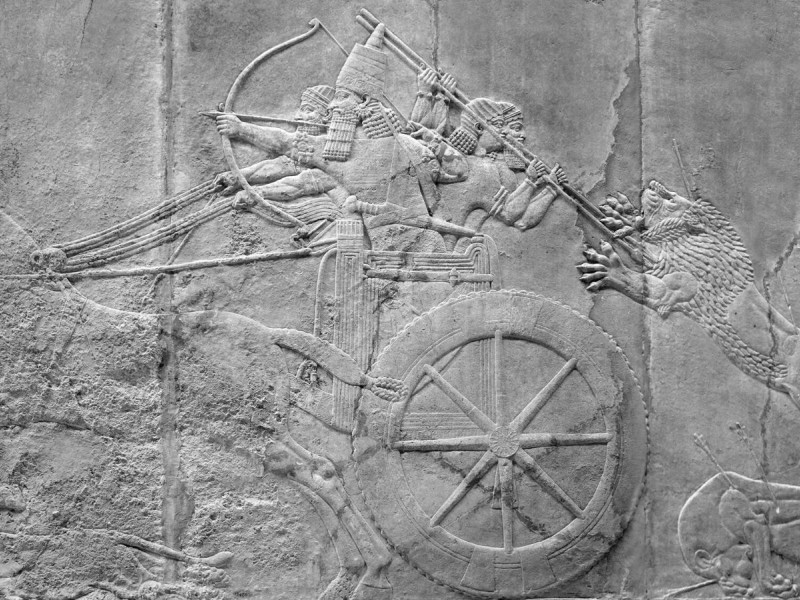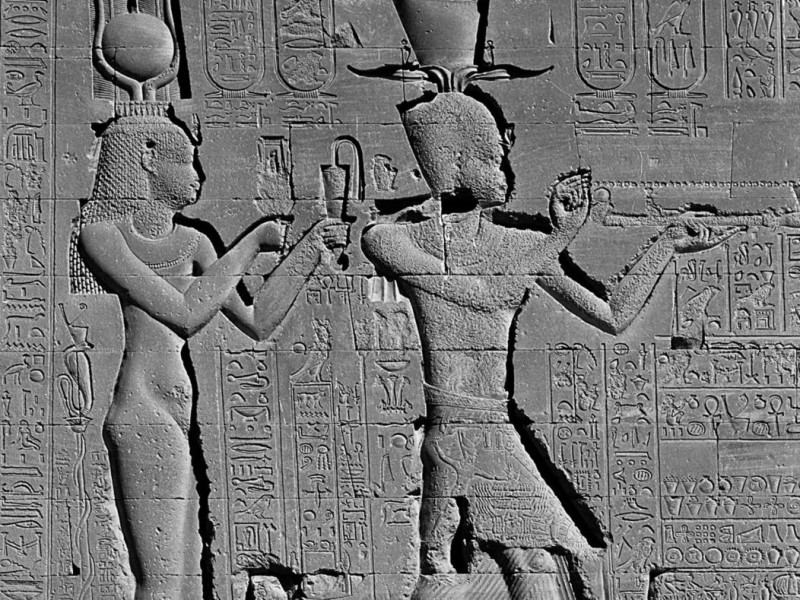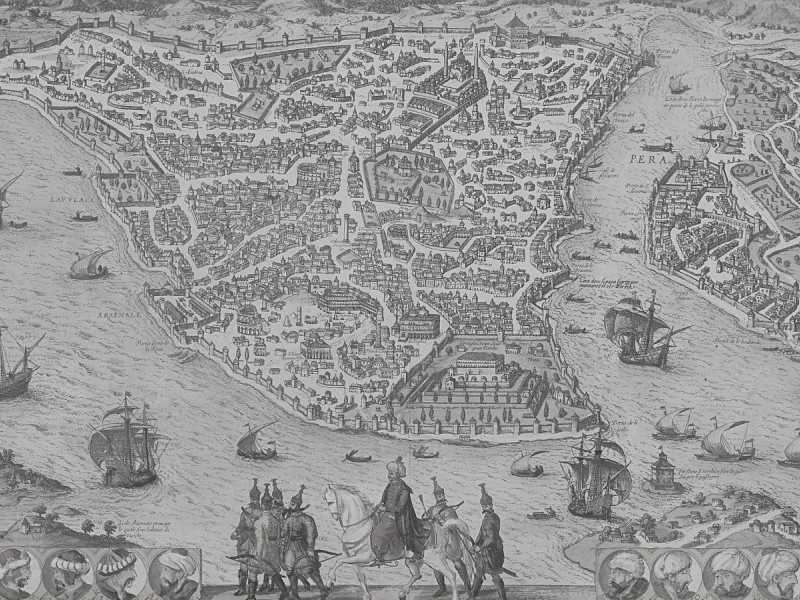How Did the Assyrian Empire Fall: A Tale of Revenge and Coups
The steps that led to the Assyrian Empire fall are tragic. The Assyrians were one of the most resilient and developed nations of all time. The reason for their fall is credited to succession issues, civil wars, coups, and continuous wars with the neighboring nations.
Read ahead, in detail, the rise and fall of this Mesopotamian empire and its legacy.
How Did the Assyrian Empire Fall
The Assyrian empire, also known as Assyria, was one of many Mesopotamian kingdoms. This empire saw many different rulers, religions, and cultures governing Assyria at various times in its history.
We know about ancient Assyria through the Assyrian historians and the scriptures and objects found in the excavation sites. To understand the Assyrians, we must first dive into the history of the Assyrian empire and its origin.
Origin of Assyria
Assyria was a Semitic-speaking region under the Mesopotamian kingdom. Its name comes from its capital city, Assur. The first entrance of Assur in history was seen around 1365 B.C.E. Assyria was located near the west bank of the Tigris river in Upper Mesopotamia. The same region is known as Northern Iraq, Northern Syria, Northwest Iran, and Southeast Turkey.
The Mesopotamian empire was based on the Assyrians, Akkadians, and the Babylonians. The Assyrians were one of the most important cultures of the Mesopotamian kingdoms. Assyria saw many ups and downs throughout its existence. Due to various governing, internal, and external factors, it rose and fell many times.
Under different rulers, the Assyrian kingdom rose to the heights of glory. At one point in history, Assyria ruled Egypt, Babylon, Cyprus, and all adjoining states. Eventually, after the deaths of such leaders, the people of Assyria were manipulated and beaten down. This resulted in the loss of all conquered territories and riches.
The Assyrians were hardworking people. They had extensive trading routes and built many important structures, which were ahead of their time. The excavations at the ancient Assyrian sites have unearthed exceptionally made tools and art pieces, which adds to the fact that Assyrians were incredibly talented and artistic.
The First Rise and Fall of Assyria
Assyria first rose to power when the adjacent Akkadian empire fell. The Akkadian empire fell due to weak governance and natural disasters like drought and subsequently famine. The Assyrian empire was under the rule of King Shamshi-Adad. He saw this as an opportunity and captured much of the Akkadian empire.
The Assyrians controlled the north of Mesopotamia, and the Babylonians controlled the South.
Under the rule of Shamshi-Abad, the Assyrian empire expanded and prospered with unmatched speed. Shamshi was smart. His every move was calculated and proved to be the best for his Assyrian empire. He brought much wealth and health to his people.
Unfortunately, he died of an unknown disease in 1781 B.C.E. Leaving his throne and riches behind. His death triggered a civil war in Assyria and a fight for the throne. This eventually led the empire to its feet.
The Second Rise and Fall of Assyria
The second rise of Assyria came after a long time. In around 745 B.C.E, Assyria got Tiglath-Pileser III as their King. King Tiglath revolutionized Assyria.
He introduced new and improved laws for trade and governance. He is credited with creating the first professional standing army of Assyria. In addition to major reforms in the government, he introduced many different art forms and boosted the Assyrian culture.
He is one of the most important military commanders in Mesopotamia and the world. His warfare tactics and civil control techniques captured all of Mesopotamia.
Under his reign, he took control over Babylon, Cyprus, Israel, Greece, Persia, some states of the Arabian Peninsula, and the most important trade route of that time, the Black Sea. The Assyrian independence and empire thrived under his rule.
One of the reasons behind his success as a military conqueror was his rule of deportation. Tiglath used mass deportation for the people of the conquered lands to minimize revolts and civil wars. This technique worked wonders. This not only made people accept his supremacy over his land but also brought fear which made them more submissive.
With the death of Tiglath, the Assyrian empire fell again. They lost control of most of their territories; the deported colonies started coming back and claiming their land. Assyria fell to its doom.
The Final Rise and the Ultimate Fall of the Assyrian Empire
From the ninth to the seventh B.C.E, Assyria saw some great rulers and warriors that took Assyria to the heights of civilization, progress, and power. This period of the empire is also known as the Neo-Assyrian Empire period.
During this time, many new cities were built under the name of the Assyrian empire. These cities are some of the most famous cities to date.
Sargon II, Sennacherib, and Ashurbanipal were the Kings of the Neo-Assyrian Empire. Under their consecutive rule, Assyria took control over Egypt and most Middle Eastern cities and kingdoms.
The Assyrian empire controlled the most important trade routes and dominated the adjoining states of Babylonia, western Iran, Anatolia, and the Levant. The empire promised to keep a friendly hold on all the conquered states and denounced the use of deportation of the natives from their land.
After all the glory of power and wealth the Assyrians enjoyed, their fall was imminent. The Assyrian empire fell for the last time and never got back up again. There are many reasons for this historical mishap.
Here we discuss those reasons in-depth:
Planned Coups and Succession
Even though the whole rise of the Assyrian empire looks merry, in reality, it was bloody and filled with treachery and jealousy. The Kings did not legitimately come into power, Sargon planned a coup, and Sennacherib was murdered by his sons who wanted the throne for themselves.
Constant civil wars and fights over the throne and rightful succession were some of the major causes of the fall of Assyrian empire.
Territorial Battles
As the Assyrian empire was controlling a lot of territories at one time, those territories started revolting. Assyria was in constant war at its borders. This exhausted the Assyrian army and its food and wealth repositories. These battles were an impending doom of the Assyrian empire.
The Revenge of the Babylonians
For a long time now, the Assyrians controlled the Babylonian states and territories. Babylon, originally, was one of the three Mesopotamian states, which enjoyed its power and rule in the south. Since the ninth B.C.E, Babylon was under the Assyrian empire. At the start of the seventh B.C.E, a wave of freedom swept over the Babylonians.
One of many reasons for this wave was the formation of a new civilization in the kingdom of Iran, the Medes. Medes were Iranian-speaking people who aimed to expand their control over the Mesopotamian and Persian Gulf states.
Babylonians thought it best to ally with the Medes to take down the Superpower of that time, Assyria. After the downfall of the Assyrian empire and ridding the land of their rule, the Babylonians would then negotiate their freedom.
The Medes could not refuse such an offer, as without the Babylonians, they had no true passage to the core of the Assyrian Empire, Nineveh. The Babylonians and the Medes joined their forces and set out to destroy Assyria and its rule. On The other hand, Assyria was already surrounded by civil wars and territorial battles.
At the end of the seventh century, with constant offenses from the Babylonians and the Medes and the final Battle of Asshur, the Assyrian empire was erased from the face of the Earth.
Its major cities Asshur and Nineveh met a terrible fate and were broken down and distributed to the adjoining states. The Assyrian wealth and riches were also distributed, leaving no trace of one of the most famous Mesopotamian kingdoms.
The Legacy of the Assyrian Empire
The Assyrian Empire gave rise to many important civilian cultures and building structures. The library of Nineveh is one of the most important libraries in the world that housed more than 10000 tablets, including the code of Hammurabi and the stories of Gilgamesh. The different Kings of the Assyrian empire brought huge architectural evolution in the area. Their palaces and protective walls around the cities are architectural marvels.
The fall of the great Assyrian empire was a tragedy, but it left a mark on the world.
Conclusion
Let us look back at the key points of Assyria’s downfall:
Assyria was one of the three kingdoms of Mesopotamia
It rose and fell many times during its course of history
King Tiglath was one of the most important Assyrian Kings
Under King Tiglath, the empire captured Babylon, Israel, Cyprus, and many more states
The Babylonians and the Medes defeated the Assyrians in the Battle of Asshur
The defeat in the Battle of Asshur, internal conflicts, and succession issues brought the Assyrian empire to its knees
References
Department of Ancient Near Eastern Art. “Assyria, 1365–609 B.C.” In Heilbrunn Timeline of Art History. New York: The Metropolitan Museum of Art, 2000–. http://www.metmuseum.org/toah/hd/assy/hd_assy.htm (originally published October 2004, last revised April 2010)
Berlejung, Angelika (2012). “The Assyrians in the West: Assyrianization, Colonialism, Indifference, or Development Policy?”. Congress Volume Helsinki 2010. Leiden: Brill. pp. 21–60. ISBN 978-9004205147.
Chisholm, Hugh, ed. (1911), “Tiglath-Pileser,” Encyclopædia Britannica, 26 (11th ed.), Cambridge University Press, p. 968
Saggs, H.W.F. (1984), The Might That Was Assyria, London, ISBN 978-0-283-98961-2
